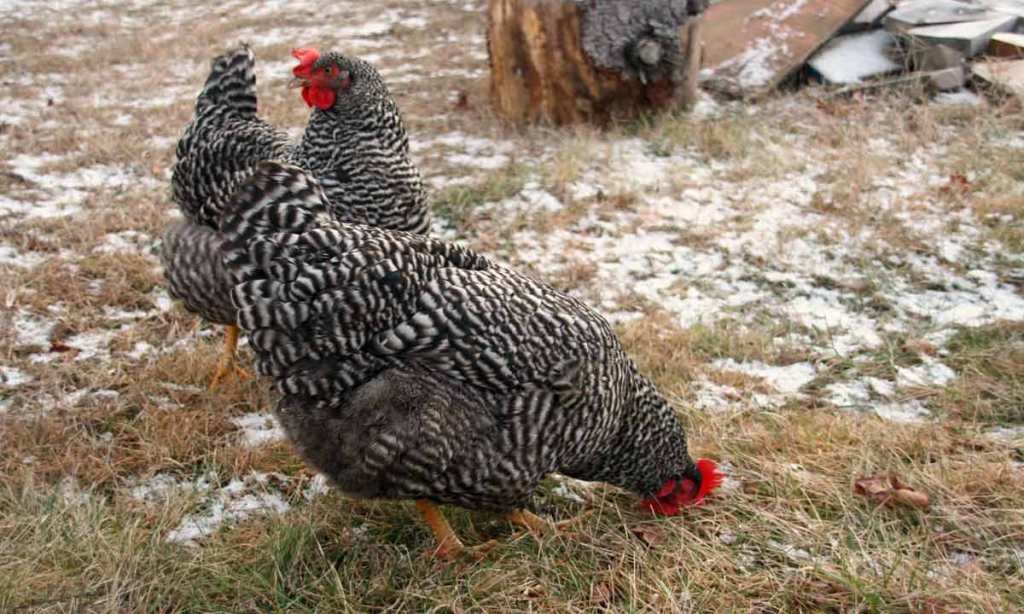Tag: Animal Health
-

Genetics alone do not account for any given plant or animal’s characteristics, behavior, or performance. Just as genes interact with each other in complex ways, so do genes interact with the environment in complex ways. Keep reading >>
-

That first peep means that all has gone well so far and that the baby chicks should be out and about within roughly 24 hours. Keep reading >>
-

Whether you are buying chicks for the first time this year or looking to better care for an existing flock, we have a wide range of resources to aid your adventure. Here are a few of our readers’ favorites. Keep reading >>
-

The Leghorn is first and foremost the breed of choice for laying in a confinement system due to its superior conversion of feed to white eggs. Keep reading >>
-

With a little extra attention, your chickens will not only ride out the colder months comfortably, but they will have energy to continue laying (albeit at a slower rate). Enjoy those fresh eggs this winter! Keep reading >>
-

While selective grazing gets a bad rap, like any other tool it can be used thoughtfully in ways that are beneficial to both livestock and pastures, Keep reading >>
-

So which are better for your homestead—sheep or goats? It just depends. Keep reading >>
-

When it comes to classifying cattle breeds, paradigm refers to the mindset that went into the breed’s creation and subsequent development. Keep reading >>
-

Classifying cattle by geographic origin is useful, as breeds were developed for specific environments. Part 2 covers American, Spanish-American, and African breeds. Keep reading >>
